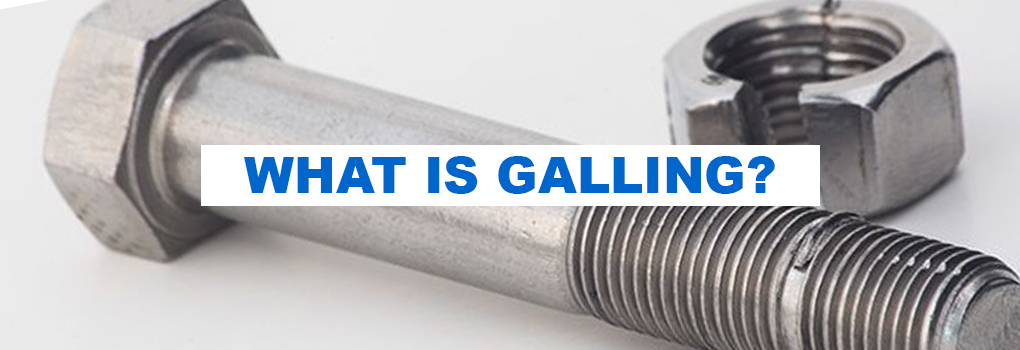What Is Thread Galling
Galling is a form of wear that can lead to seizing, a phenomenon that occurs when a screw is unable to rotate and is locked into place. Unfortunately, these events are common and frustrating, occurring regularly during fastener installation when screws are tightened.
What Causes Fastener Galling & Seizing
Friction and Adhesion - Sometimes referred to as “cold welding,” galling occurs when a fastener expands because of the pressure or friction that results during the tightening of a screw upon installation.
High Coefficient of Friction - Stainless steel screws are more likely than other types of screws to seize because they can easily generate heat.
Low Rate of Thermal Conductivity - The lower the thermal conductivity of a material, the slower heat will move across a material.
Large Expansion Coefficient - about twice that of general steel, which means the male and female threads will adhere easily to one another Whenever fastener threads are prone to adhesion, there’s a greater chance they’ll fuse together.
Outside factors - Although galling is typically caused during fastener installation, the environment can also play a factor. For instance, if left outside in the hot sun or in warm conditions for a prolonged period of time, fasteners are likely to heat up. As mentioned, high-temperature conditions can lead to a greater chance of galling, whether that’s caused by friction during installation or the external environment.
3 Tips To Prevent Screws From Galling
Firstly, lubricate the bolt threads and/or inner threads of the nut, either pre-applied by the supplier or applied during assembly. Many anti-galling lubricants contain molybdenum compounds, but if the application is for the food industry there may be limitations on what chemical lubricants are acceptable.
Reducing the tightening speed; a stainless steel bolt usually needs to be tightened more slowly than an equivalent size carbon steel bolt in order to reduce the friction heating and risk of galling.
Using different materials for the nut and bolt, such as different grades of stainless steel. Different materials have different hardnes and hence unequal levels of damage to their oxide layers under friction, which avoids having the bare mating surfaces that can fuse. Care needs to be taken to avoid any potential corrosion issues when using completely different alloys for the bolt and nut.
Related Links:
Shop Bolts
Shop Machine Screws


